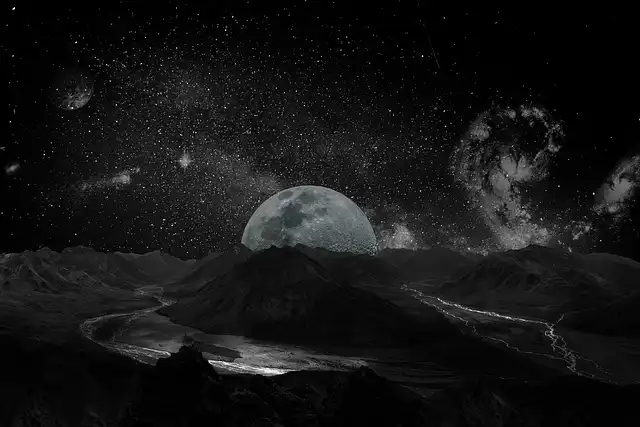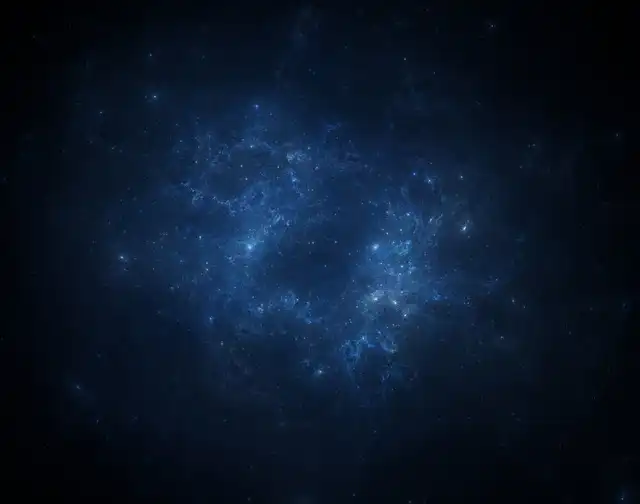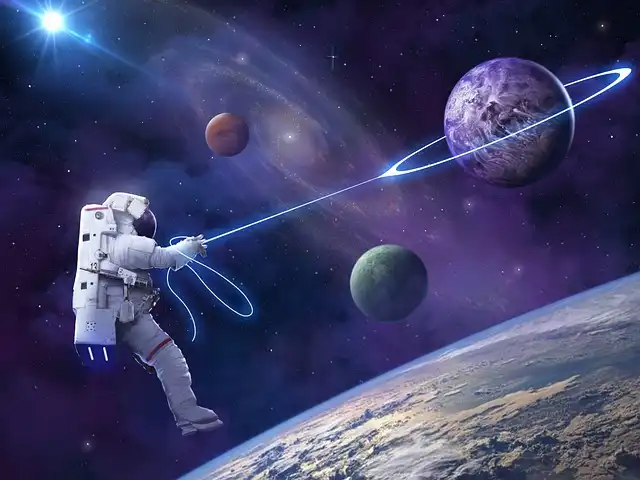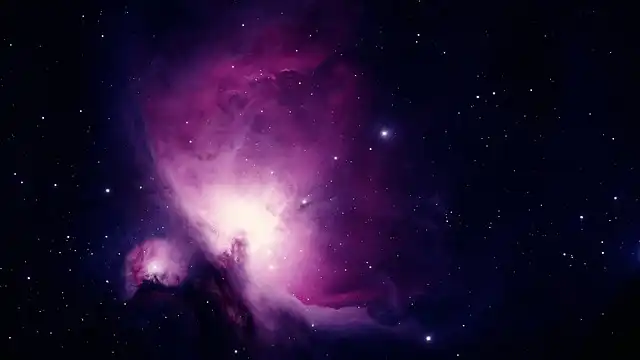
Venus, Moon & Regulus: Stargazing Alignment
See Venus, the crescent Moon, and Regulus align before sunrise. A rare naked-eye stargazing opportunity! Best views from eastern North America. Look east-northeast.

See Venus, the crescent Moon, and Regulus align before sunrise. A rare naked-eye stargazing opportunity! Best views from eastern North America. Look east-northeast.

Astronomers have detected RBFLOAT, a powerful FRB (Fast Radio Burst) traced to a galaxy in Ursa Major. The signal, twice as intense as previous FRBs, may be linked to a magnetar system. CHIME played a key role.

JWST revisits Earendel, the most distant star, 12.9 billion light-years away. Gravitational lensing magnifies it. New data explores if it's a single star, binary, or star cluster, impacting our understanding of the early cosmos.

Comet 3I/ATLAS, an interstellar object (ISO), is rushing through our solar system. Discovered in July, it's bigger & faster than previous ISOs, offering a unique research opportunity before its exit. Trajectory towards the sun.

Fast Radio Bursts (FRBs) help astronomers account for all baryonic matter (normal matter) in the universe, resolving the "missing baryon problem." Intergalactic space holds much of this matter.

“When you deal with the scientific revolution, the triumph of the Copernican worldview, we know the big names,” says computational scientist Jürgen Renn of the Max Planck Institute of Geoanthropology in Jena, Germany, who was not involved in the new work.